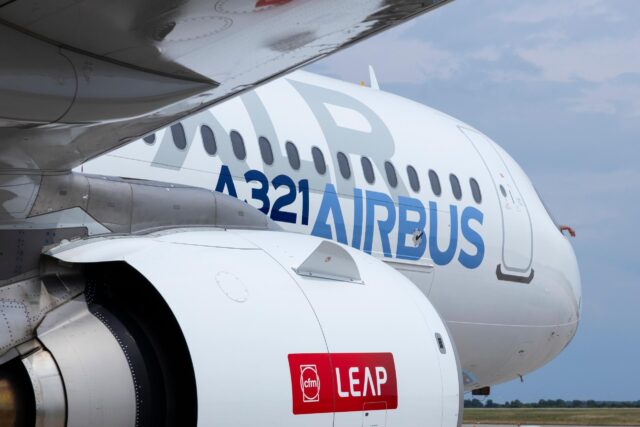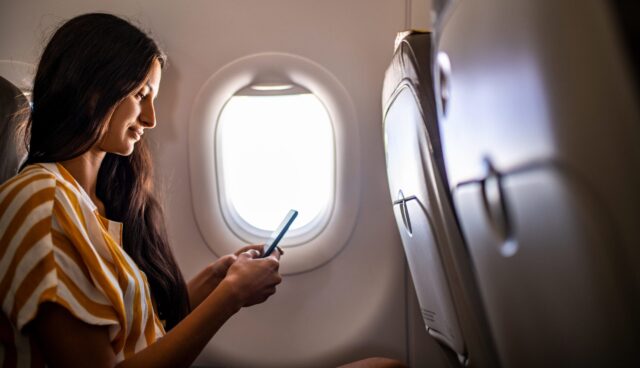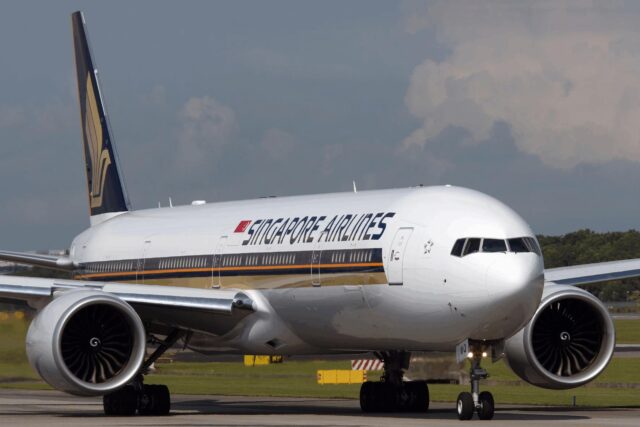Leave the extra shoes at home: Transavia’s ‘light flight’ challenge shows CO2 benefits of travelling light

October 22, 2025

Dutch low-cost carrier Transavia has conducted a novel experiment in passenger sustainability awareness with the “Light Flight Challenge.”
The campaign was the airline’s contribution to SkyTeam’s Aviation Challenge, an annual initiative that brings the alliance’s airlines together to collaborate on innovation and sustainability.
The 2025 theme is ‘impact’, and Transavia ensured immediate impact by inviting passengers and crew to help reduce aircraft weight and, in turn, carbon emissions.
Transavia tests weight reduction to cut CO₂
Over a series of six flights between the Netherlands and Faro, Portugal, the airline encouraged travellers to leave unnecessary items at home. The airline challenged passengers to reduce their checked baggage by at least two kilograms in exchange for a complimentary hot drink on board. Cabin crew and pilots also joined in, limiting the personal items they carried.
According to Transavia, the goal was to reduce at least 100 kilograms per flight — the equivalent of one less passenger on board — through lighter luggage, streamlined onboard supplies, and improved operational efficiency.
A practical experiment in personal carbon footprint
The Light Flight Challenge addressed sustainability as beginning with small, personal choices — a reminder that even seemingly insignificant items, like extra shoes or bulky jackets, can impact the environment when multiplied across thousands of flights.

“One hundred kilos lighter on an aircraft weighing between seventy and one hundred thousand kilos may not seem like much, but if Transavia carried 100 kilos less on all flights, it would save approximately 1.4 million kilos of CO₂ annually. Thanks to the joint effort, the target was easily met on every flight,” said Kristina Palovicova, Innovation Expert at Transavia.
Operationally, the airline supported the campaign by using digital fuel-optimisation tools such as OptiClimb and FliteDeck Advisor. These programs help pilots plan climbs and routes more efficiently, further reducing fuel consumption.

Transavia also highlighted circularity as part of its overall sustainability initiatives. The airline is reducing food and residual waste by aligning its catering offerings with demand and carefully separating waste in the cabin and cockpit. Transavia’s six flights from the Netherlands to Faro had a waste recycling rate of 45%, 12 percentage points higher than the average for Transavia’s flights.
Making every flight a little lighter and greener
Public education was at the heart of Transavia’s campaign, encouraging passengers to reconsider the environmental impact of their travel habits.
While lighter baggage won’t solve aviation’s carbon problem on its own, airlines can make positive strides in sustainability by focusing on passenger behaviour.
Transavia’s Light Flight Challenge illustrates how collective action can have a measurable impact. As aviation strategy expert Koen Karsbergen noted in his LinkedIn post: “Airlines offer passengers the option to pay extra to compensate for their flight’s emissions. Packing lighter? The excess emissions don’t happen in the first place. Same sustainability contribution, zero cost, immediate effect.”
Packing one less pair of shoes is the easiest climate action anyone can take this year.
















